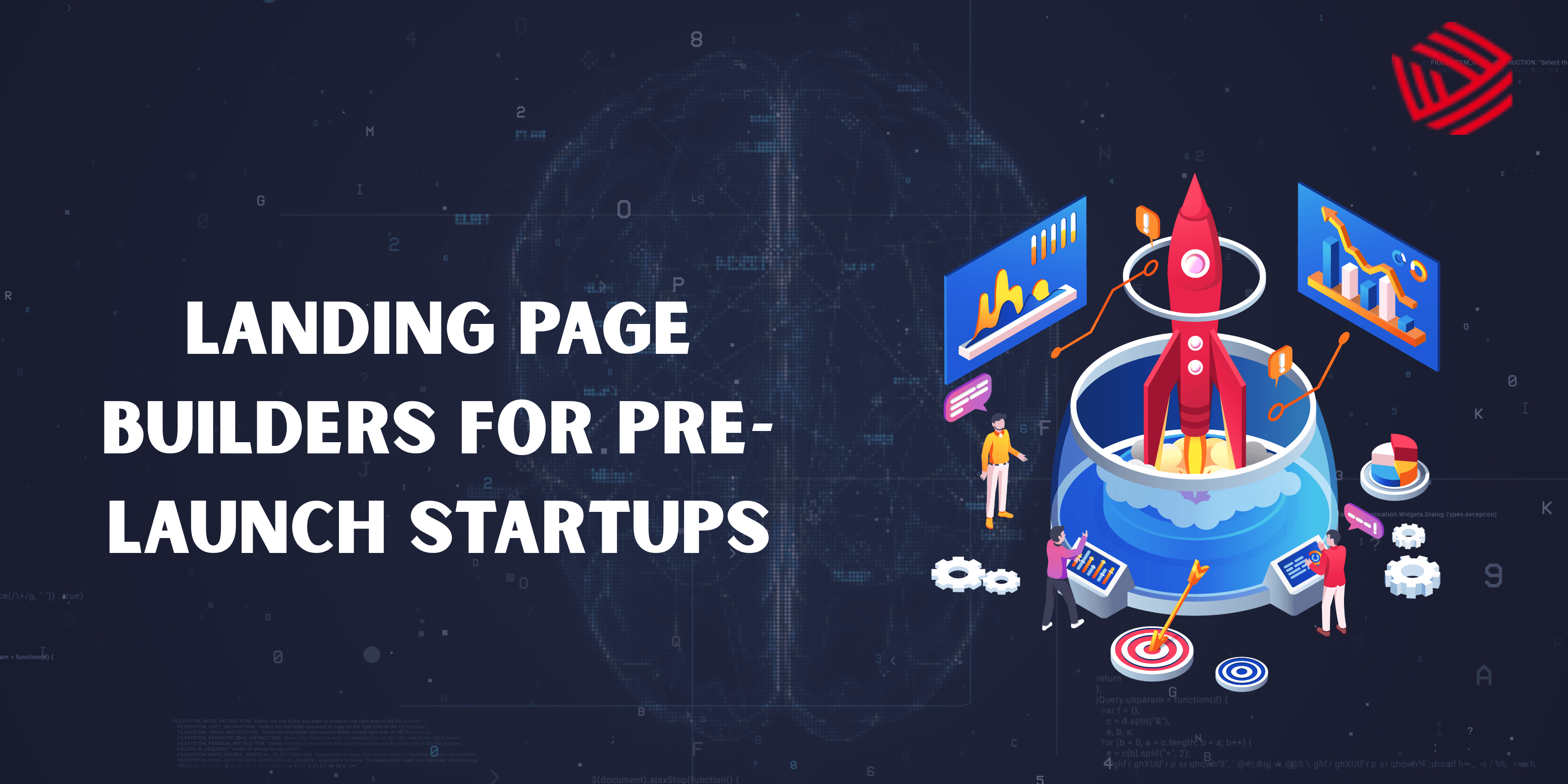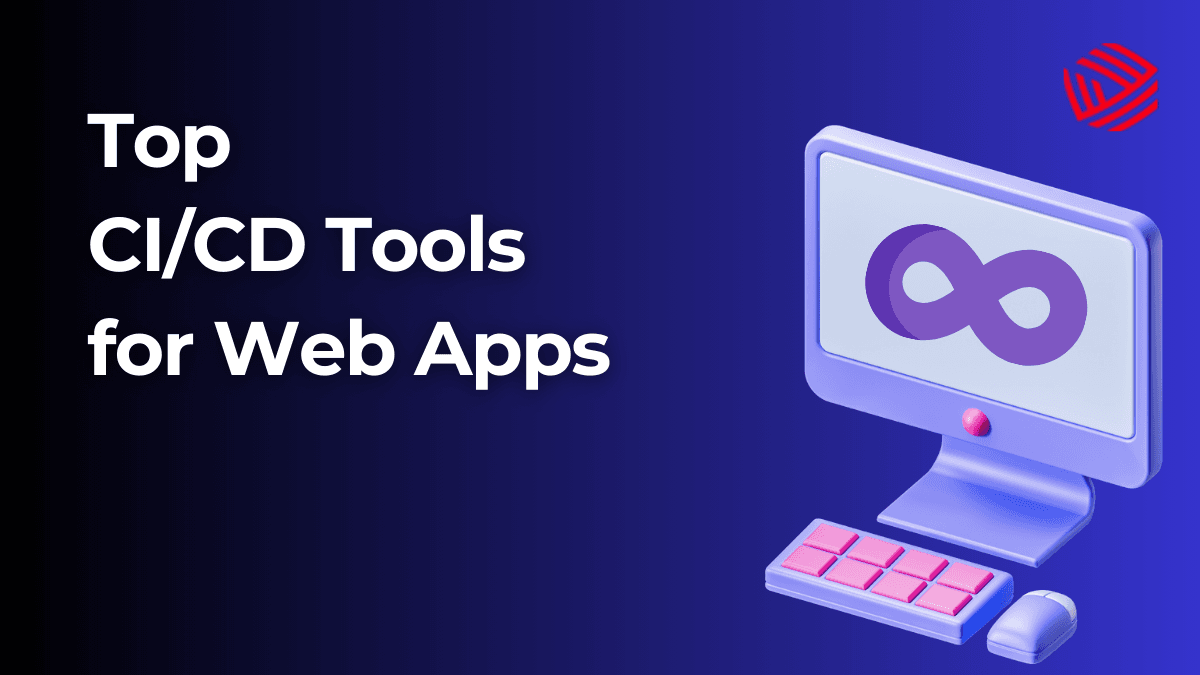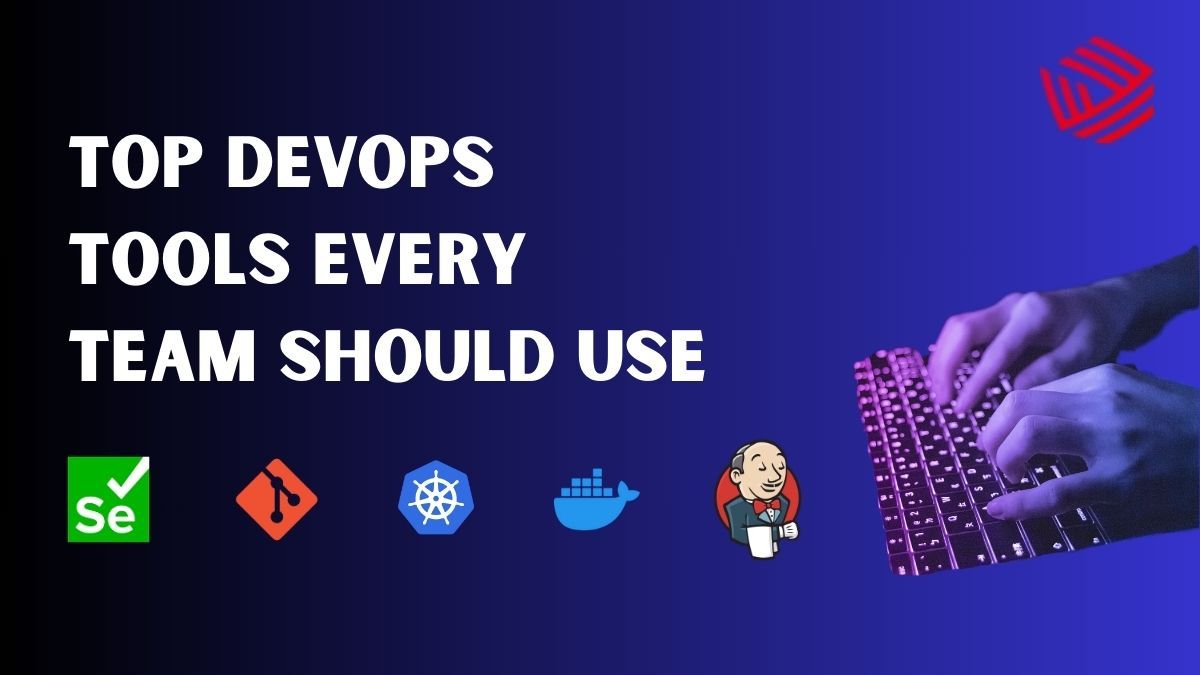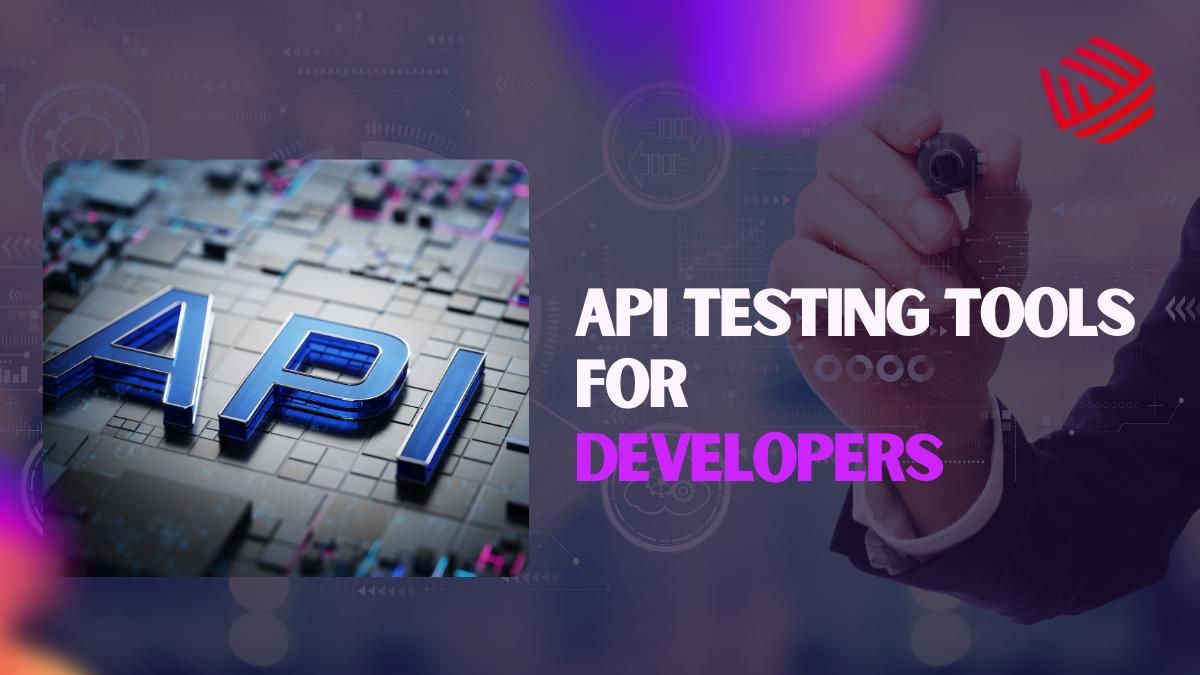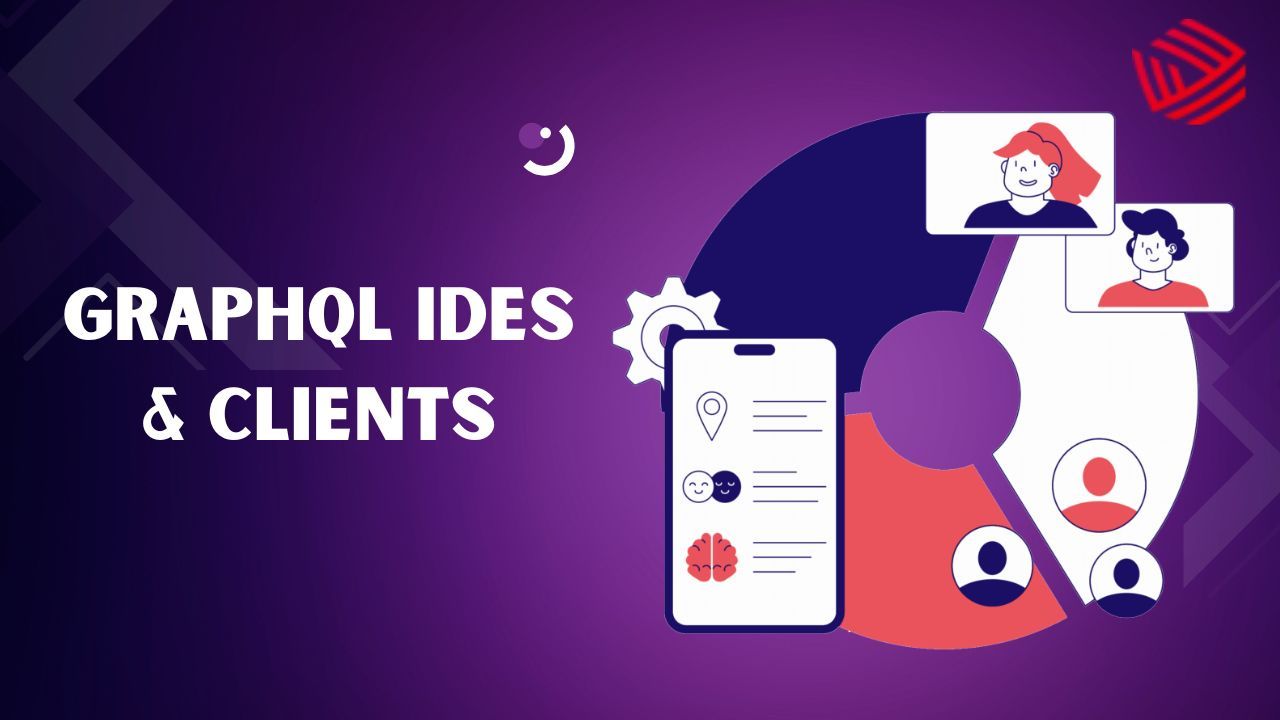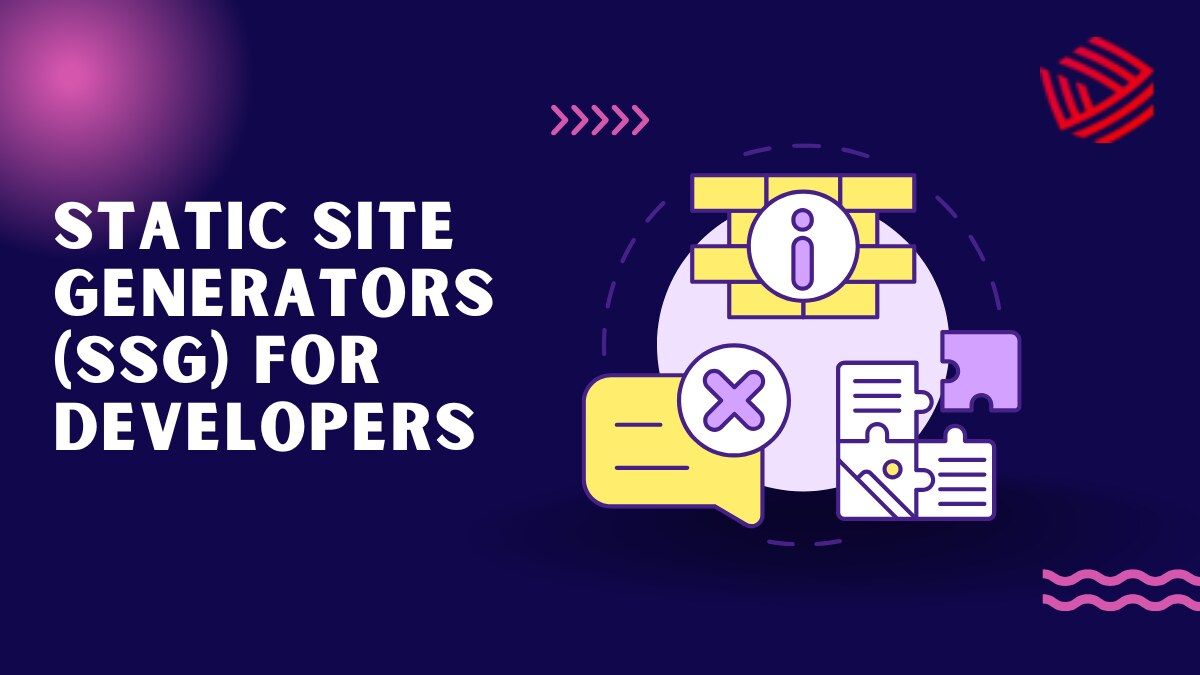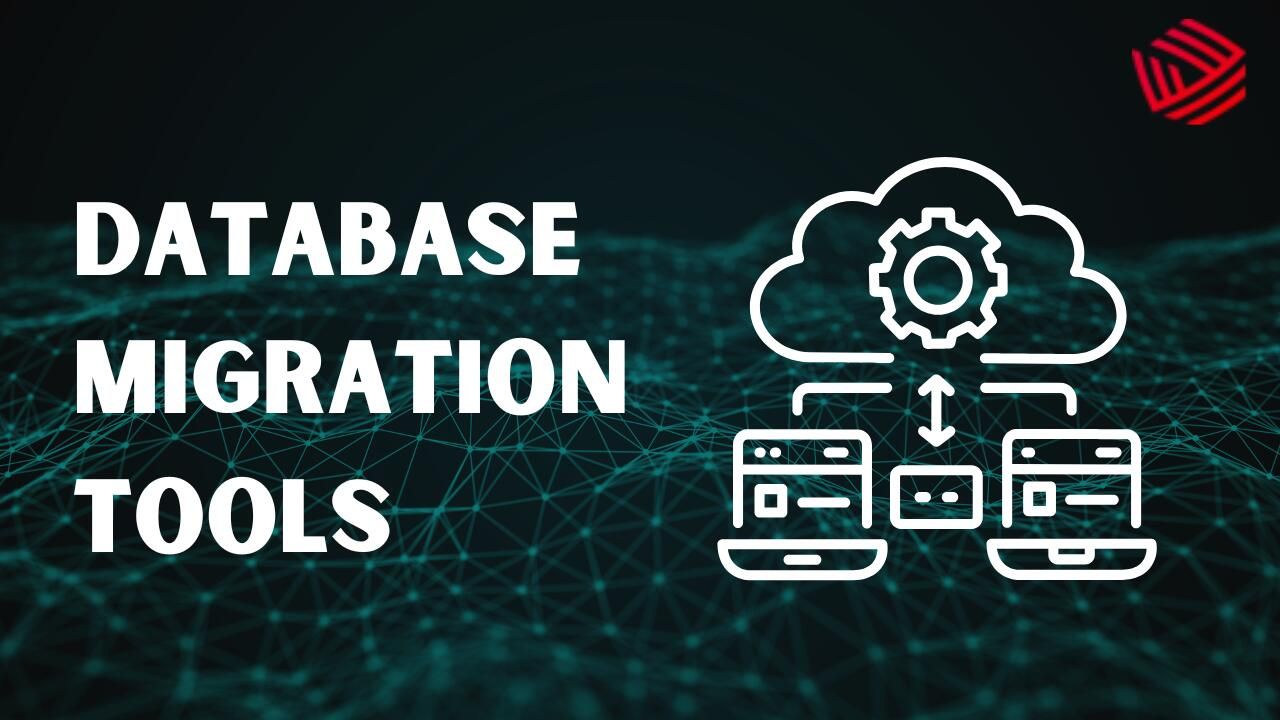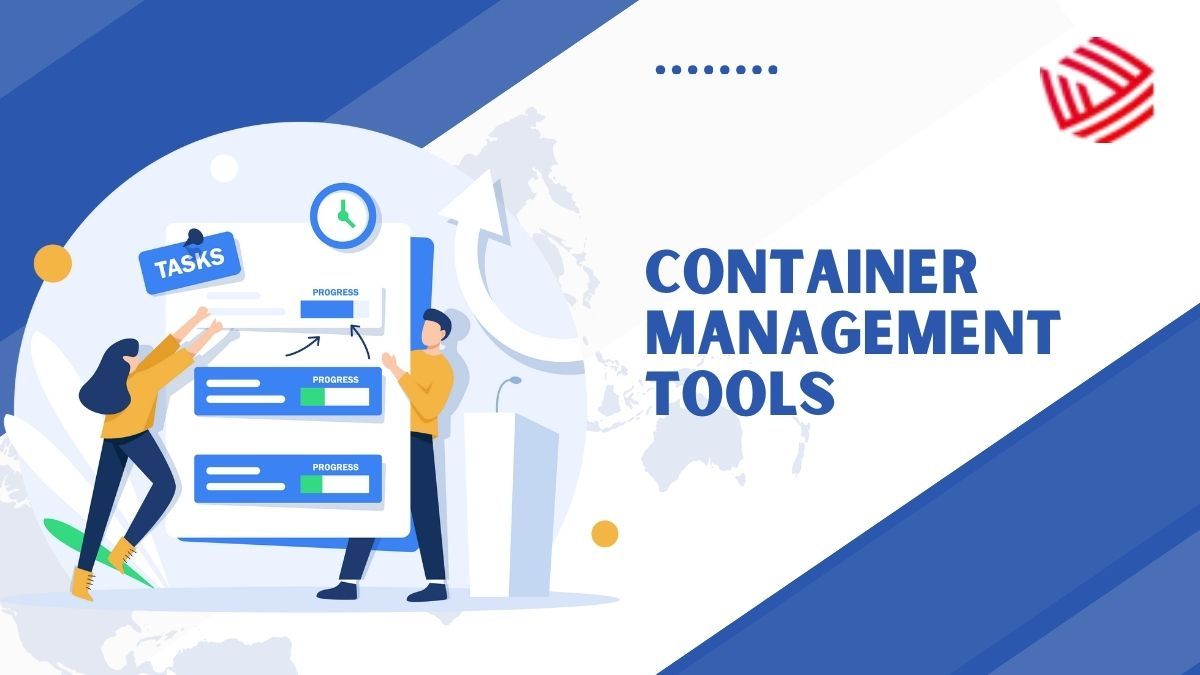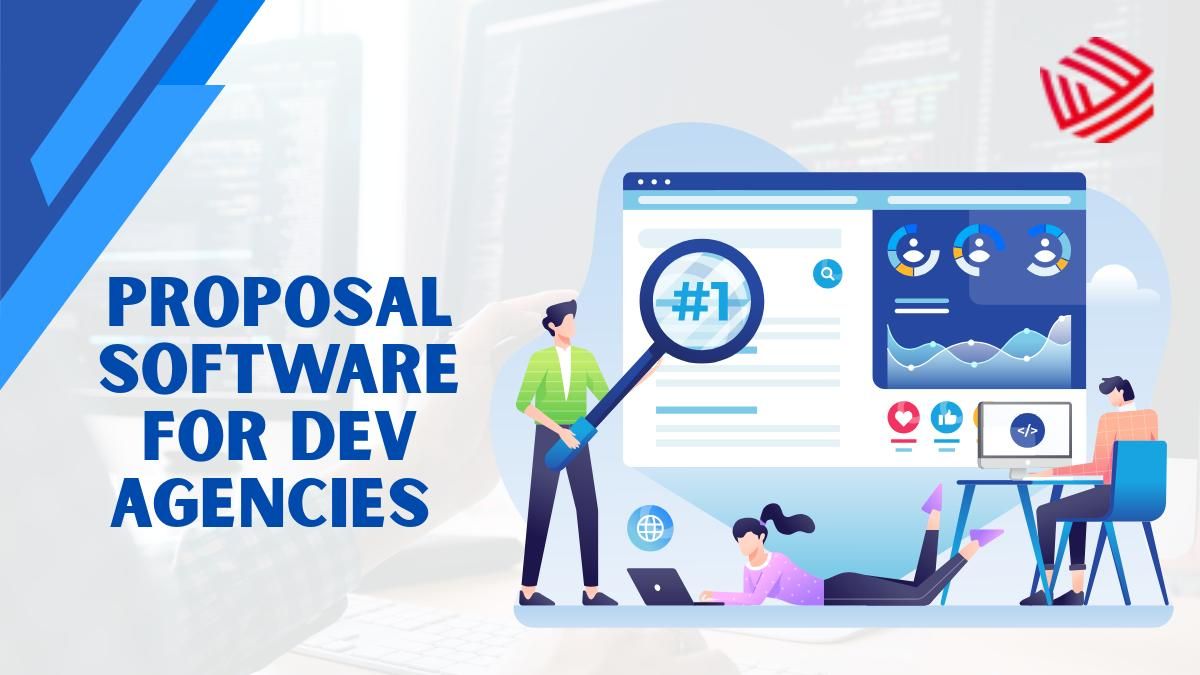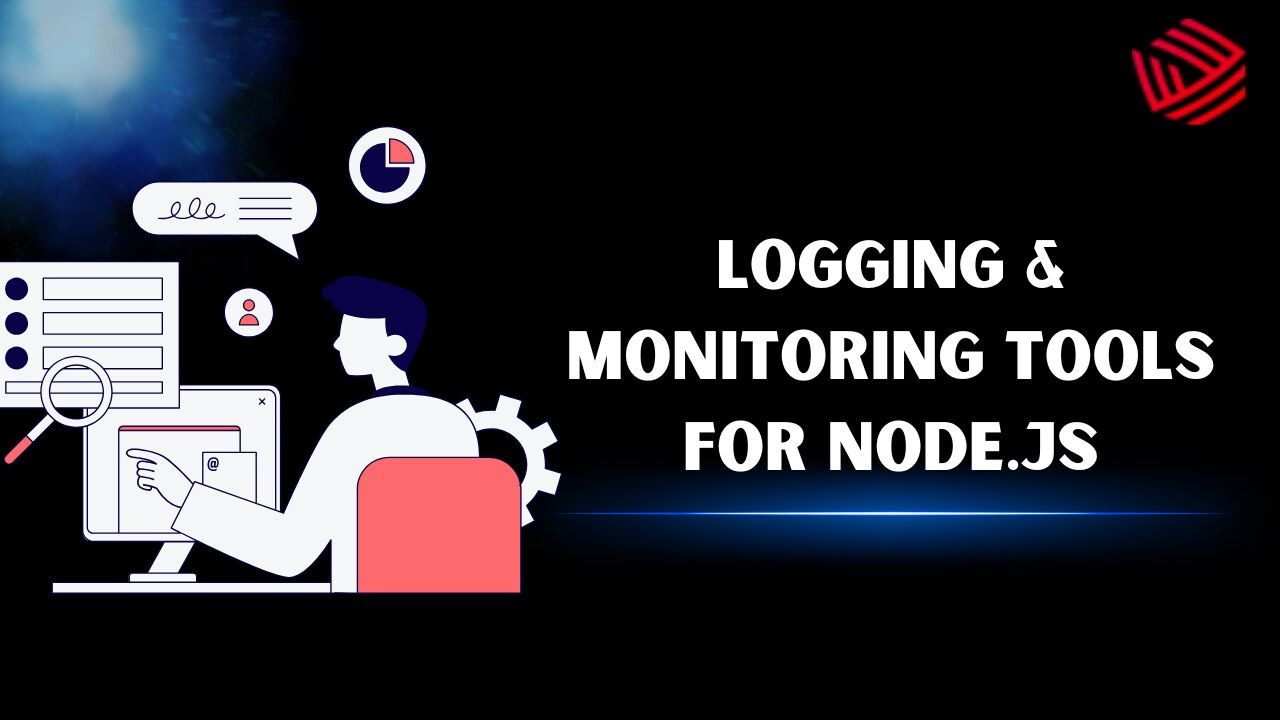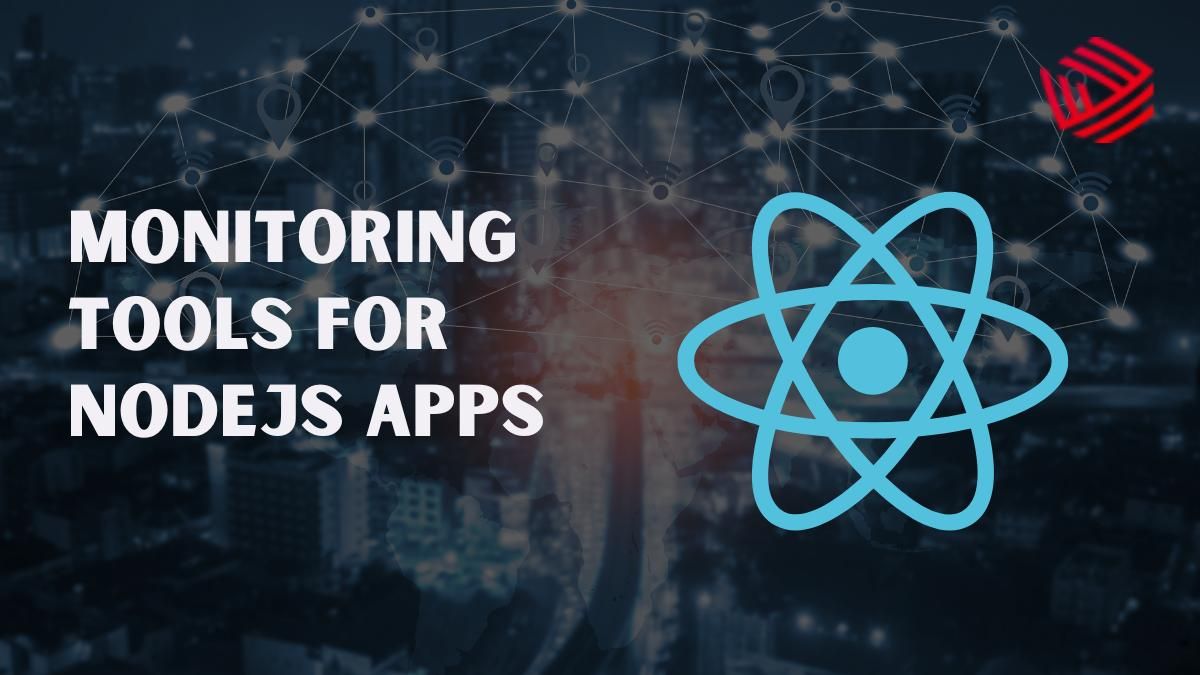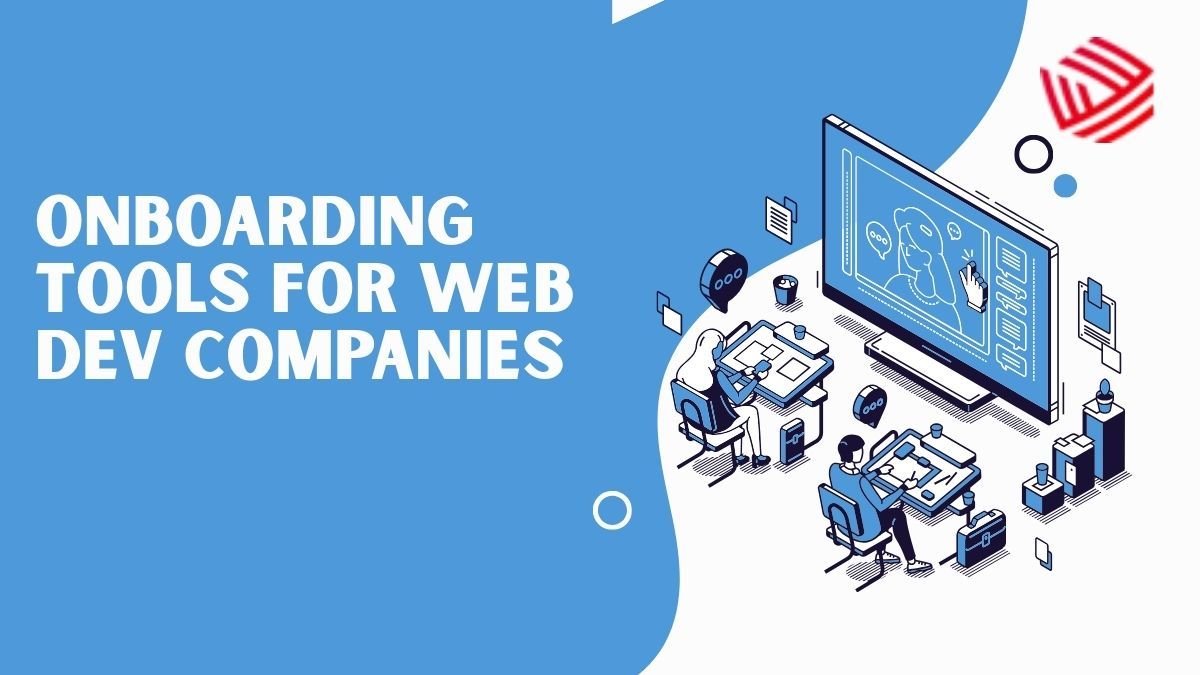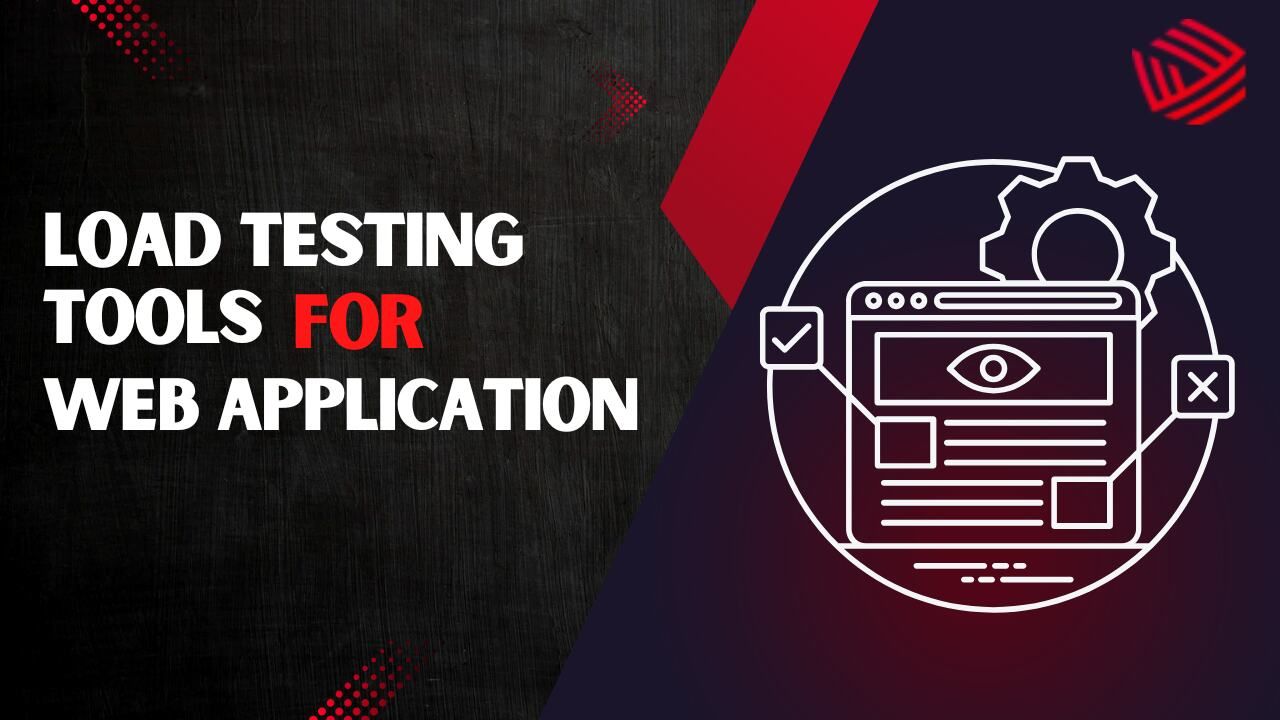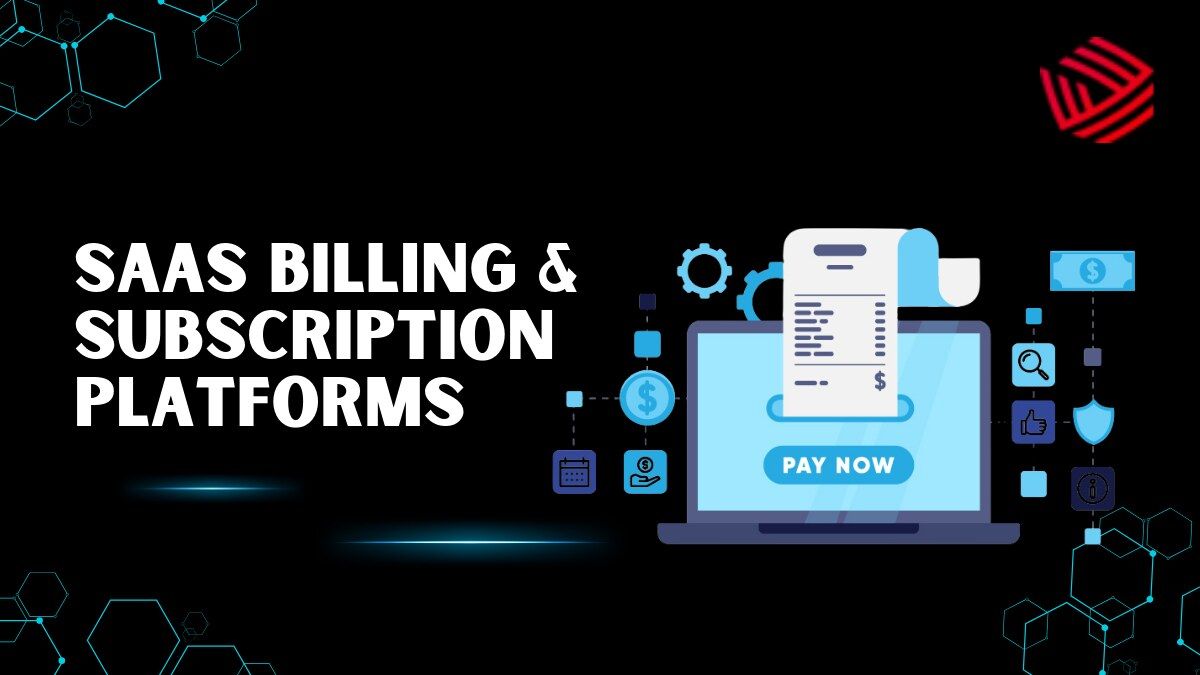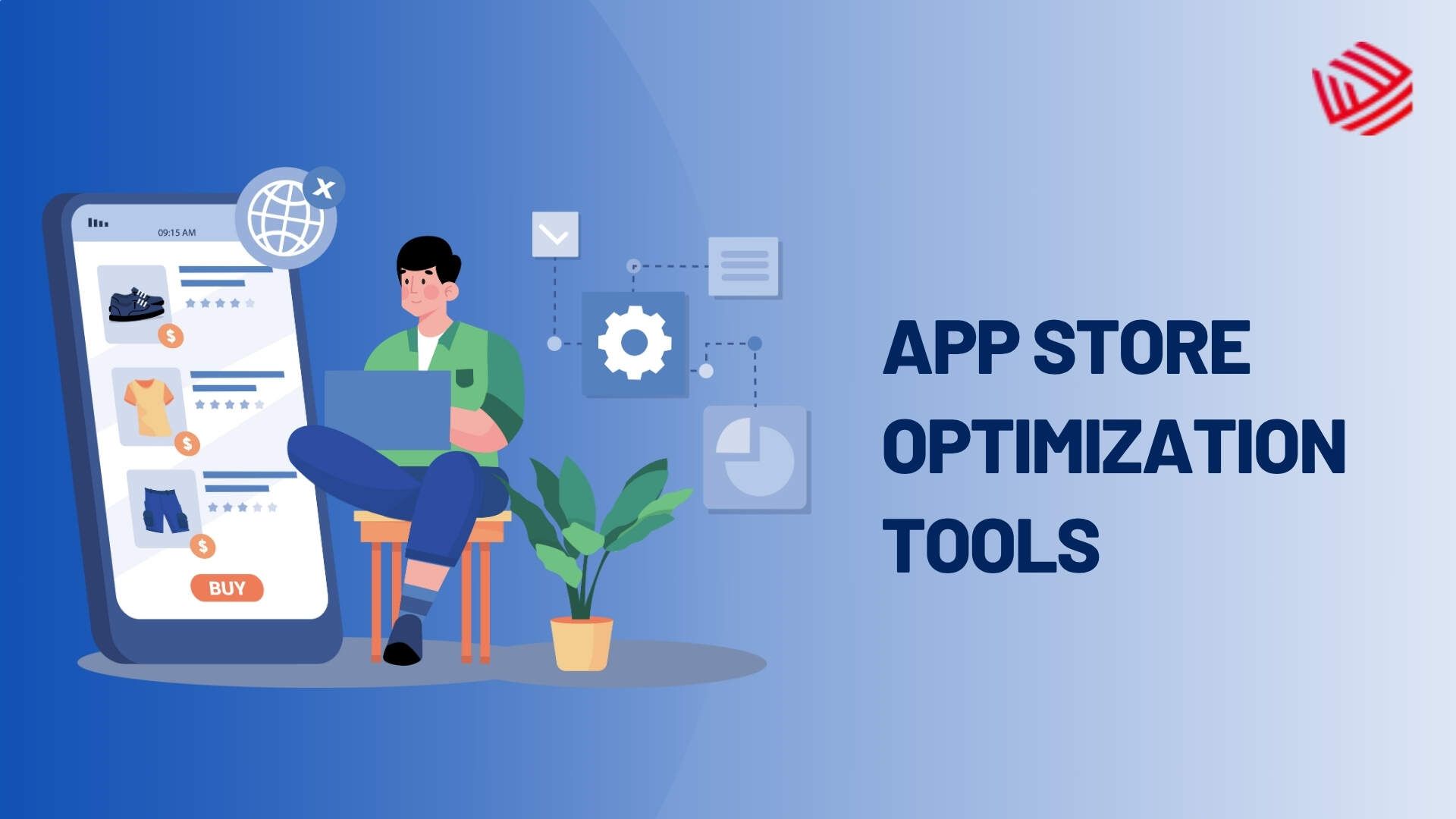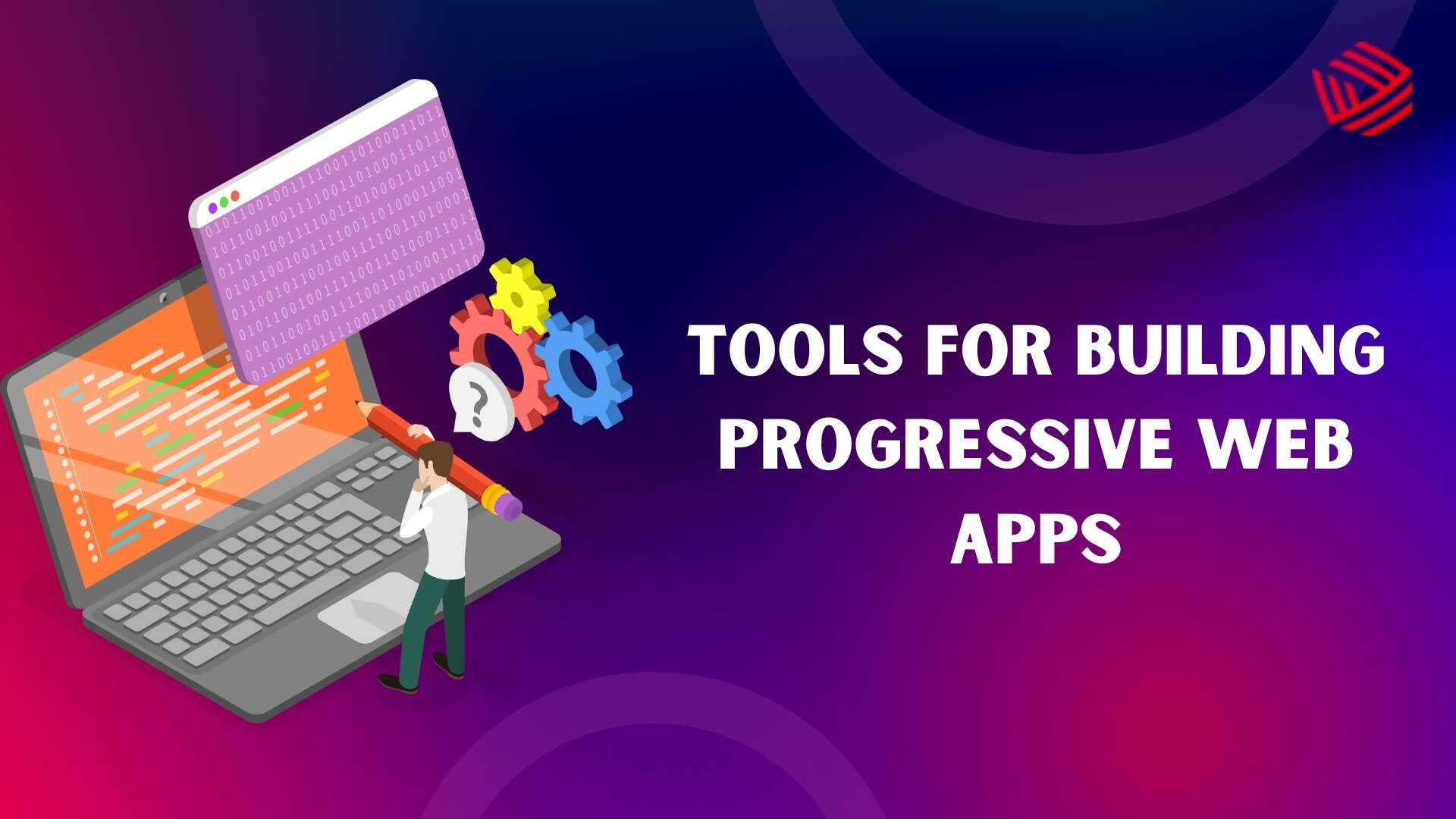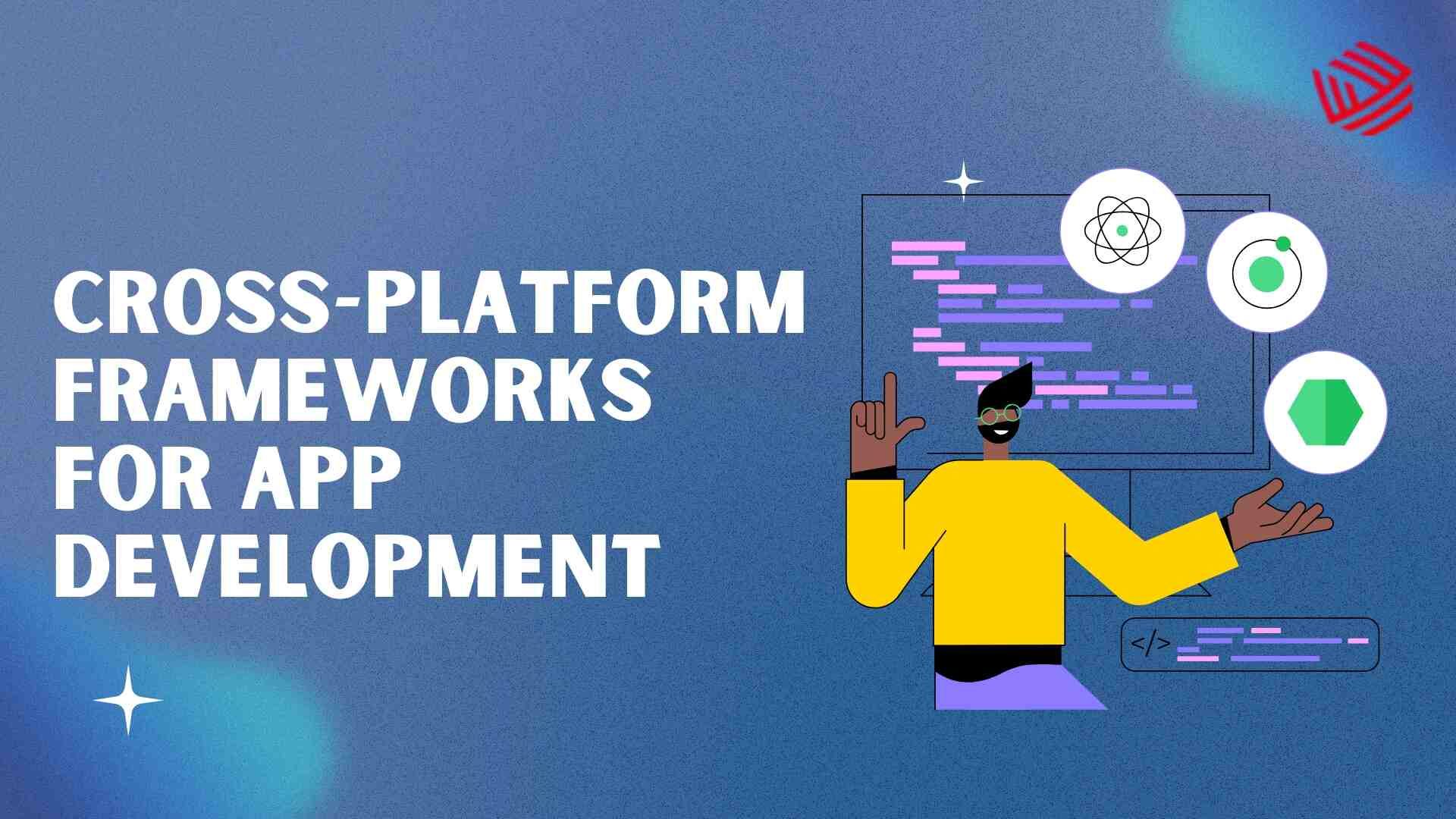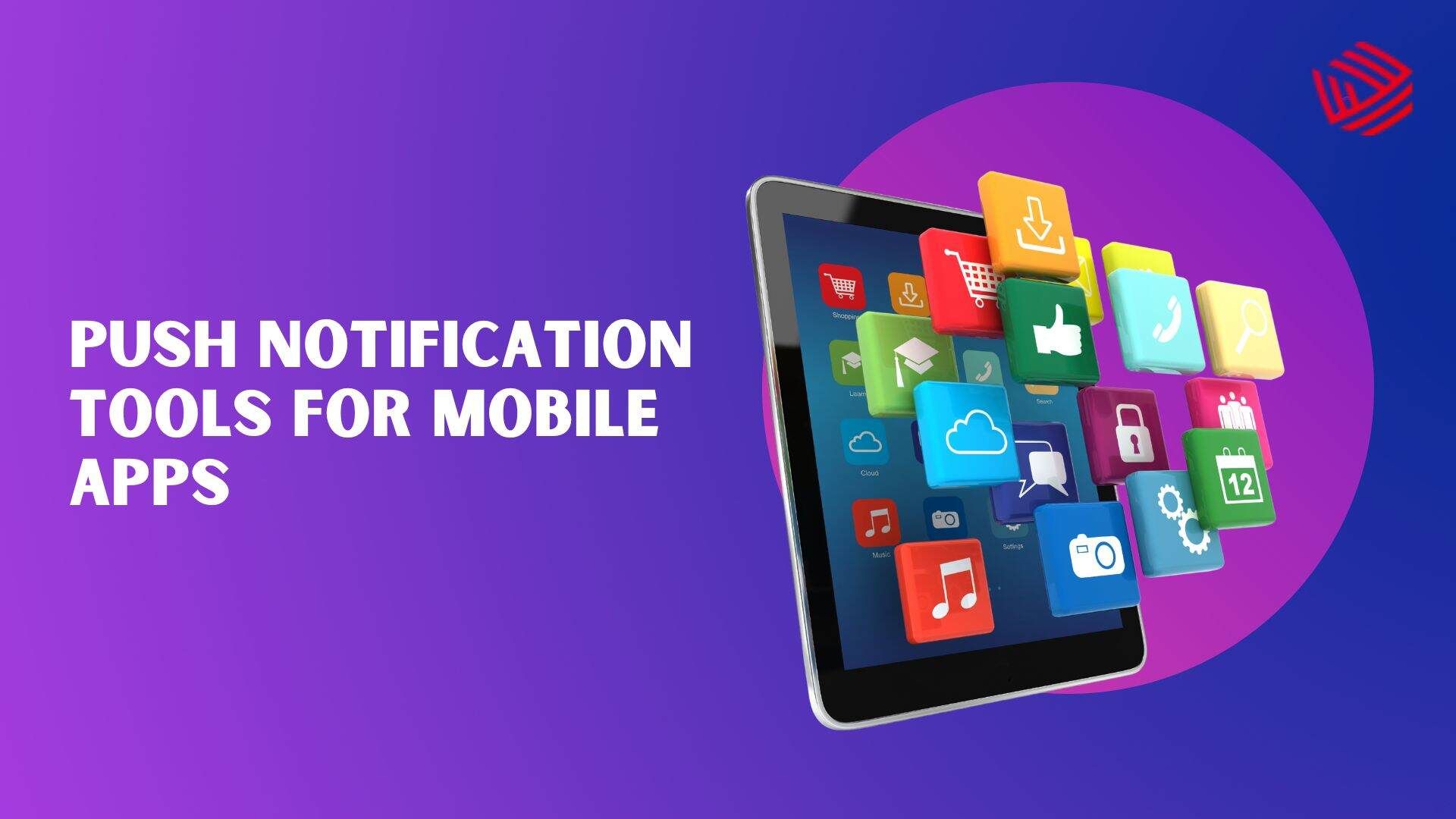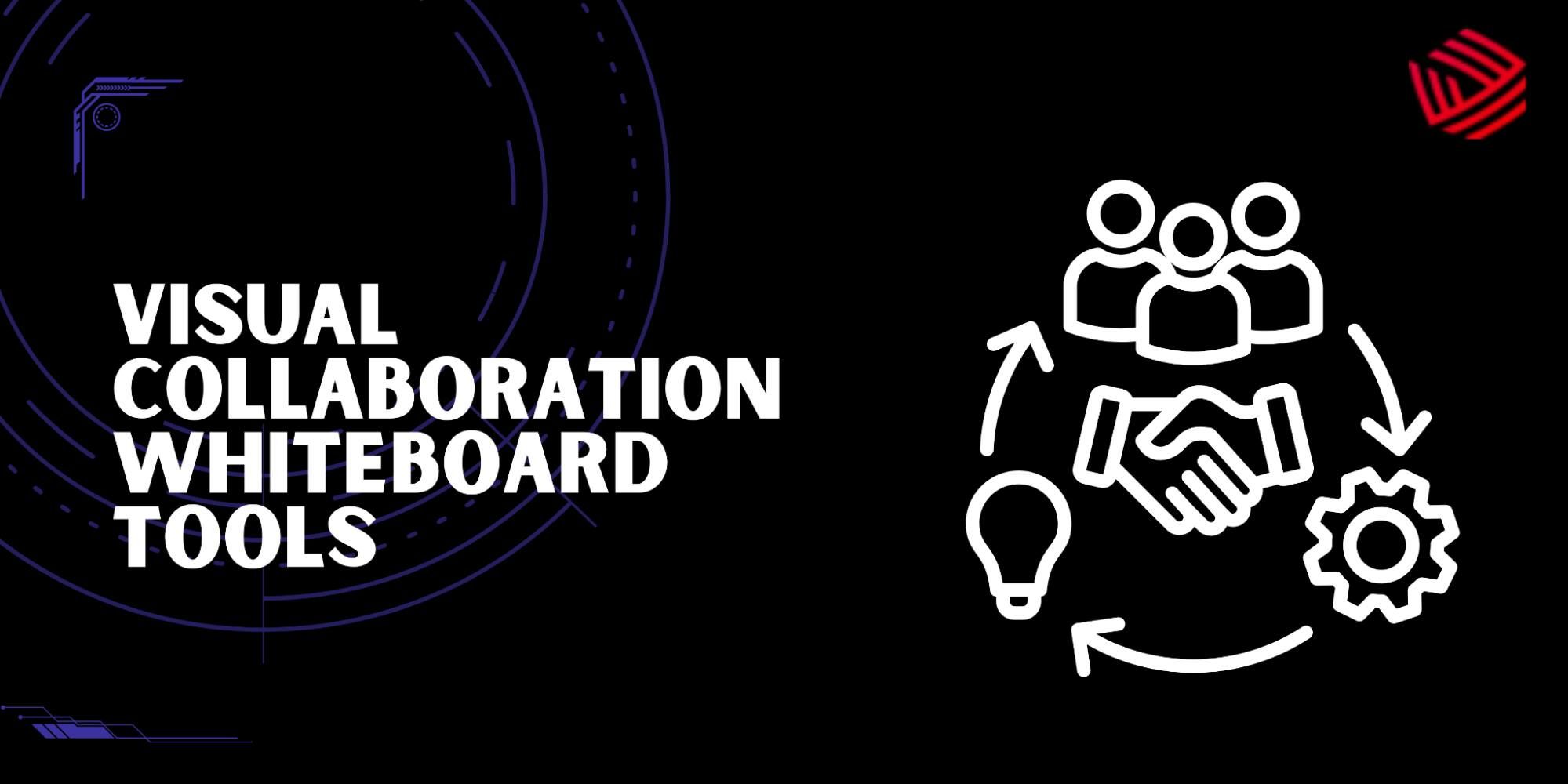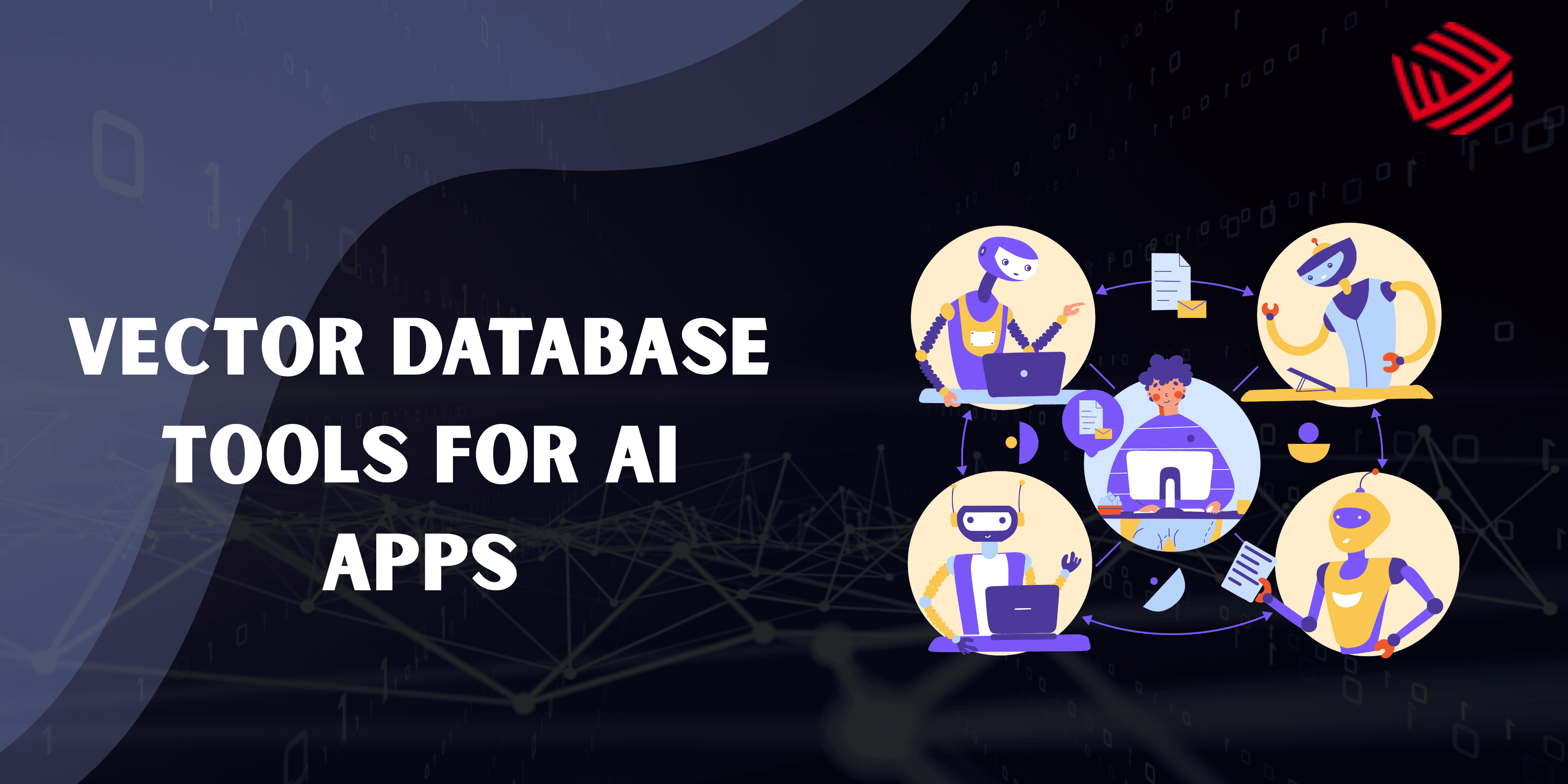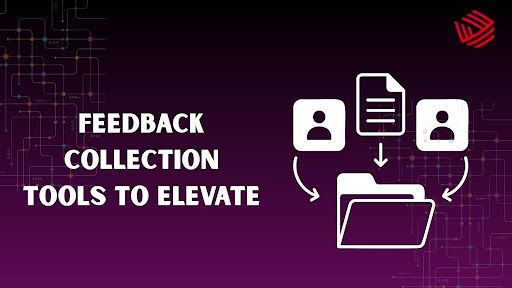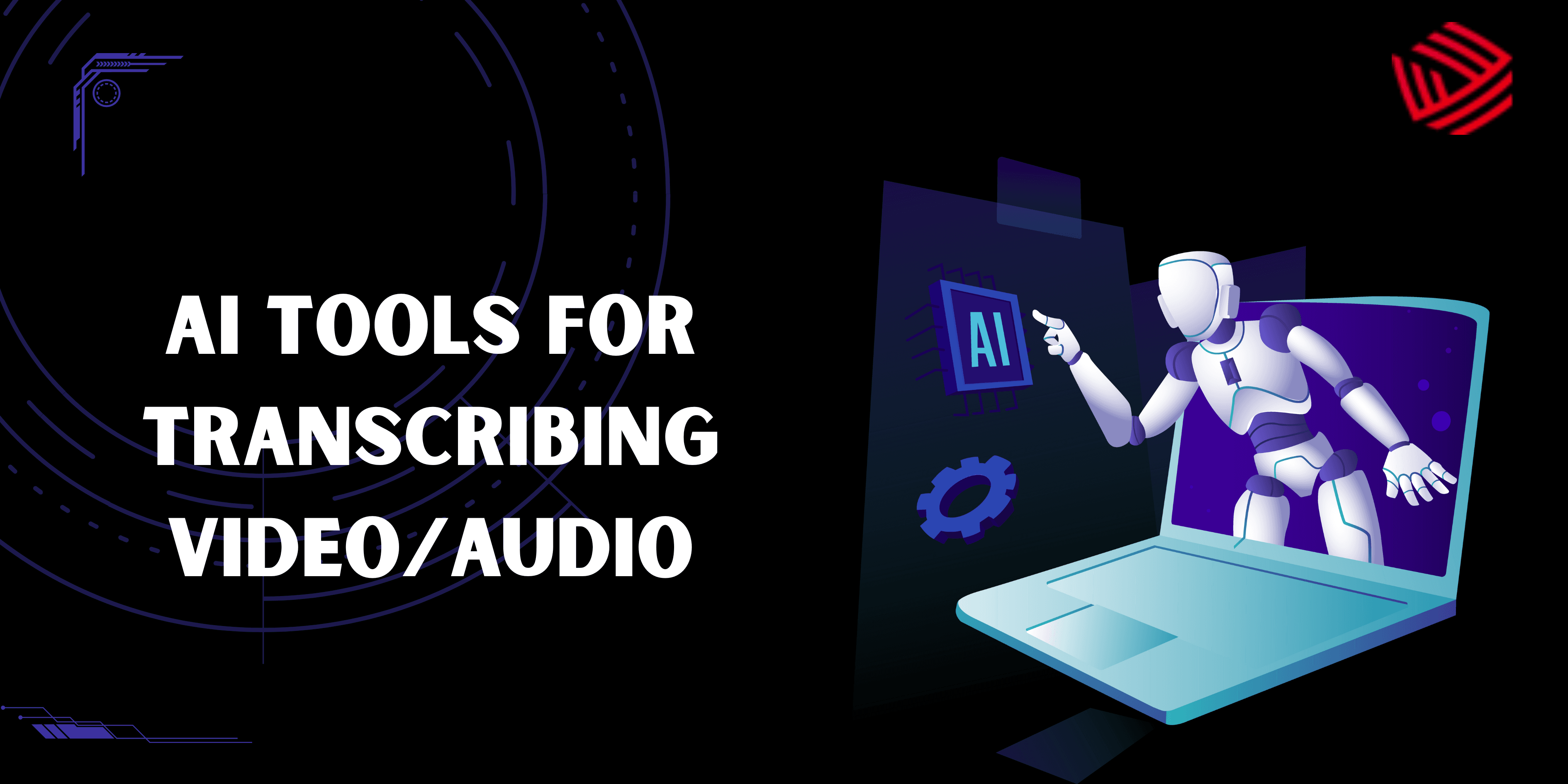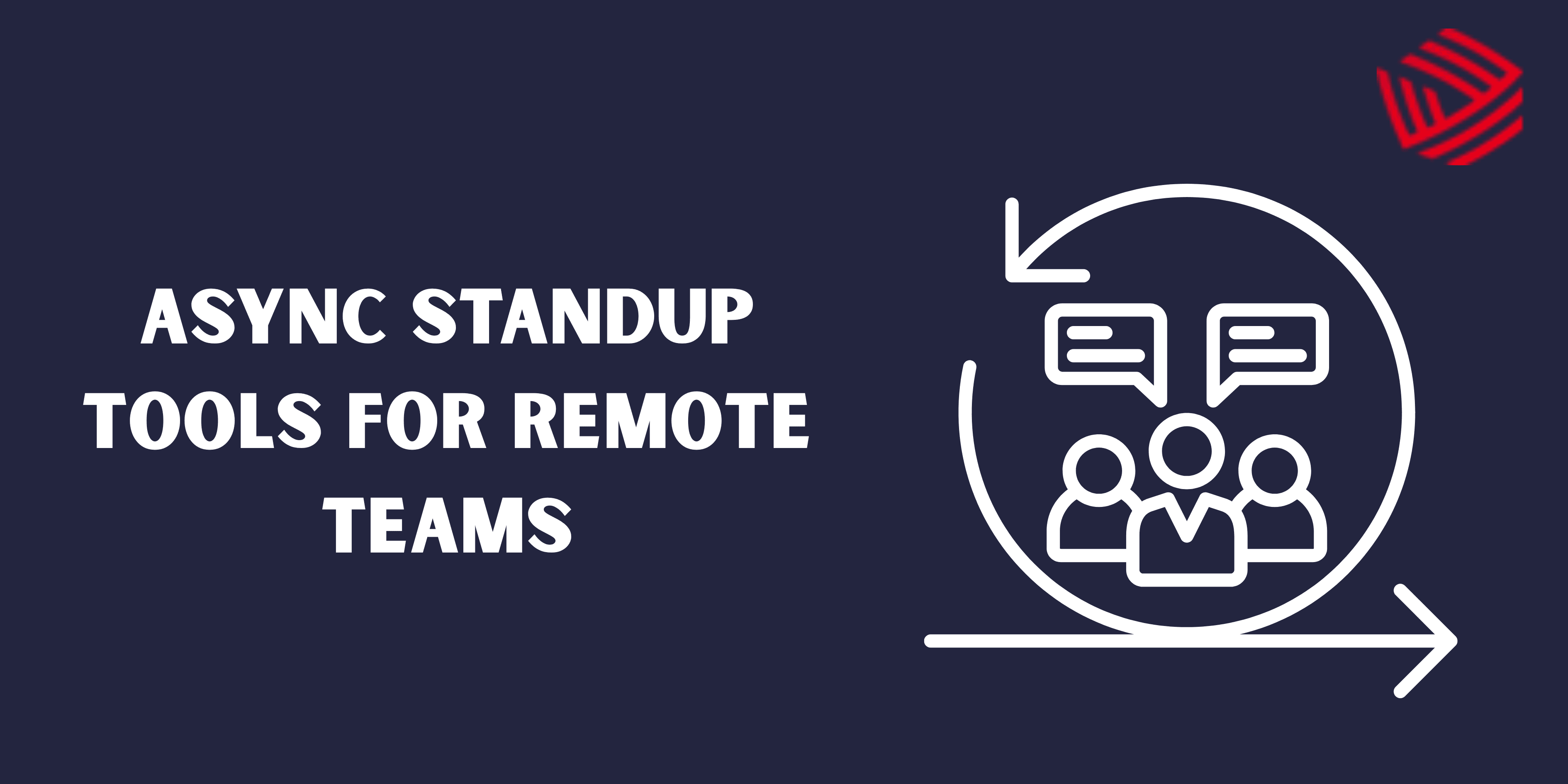In the fast-paced world of startups, first impressions matter more than ever. Before your product even hits the market, your landing page is what introduces your startup to the world, collects early leads, and validates your idea. That’s why choosing the right landing page builder is crucial for pre-launch success.
Creating an effective landing page is crucial for pre-launch startups aiming to build buzz, collect leads, or validate product-market fit. Whether you're a solo founder, a team of software developers, or a product team testing your SaaS MVP, the right landing page builder can make or break your pre-launch strategy. Below is a comprehensive breakdown of the top 10 landing page builders, tailored not just for marketers but also for software testers, UI UX designers, and developers from all backgrounds—from MEAN stack developers to Flutter developers and everything in between.
1. Carrd – Simplicity Meets Speed
Best For: Solo founders, one-product startups, minimalistic designs
Why It Stands Out: Carrd is perfect for HTML5 developers, backend developers, and Shopify developers who need to get a page up and running in minutes. Its intuitive drag-and-drop editor requires no coding, making it ideal even for software testers or non-technical teams.
Key Features:
- One-page responsive templates
- Custom domain support
- Basic form integrations (ConvertKit, Zapier)
- Lightning-fast load speeds
Developer-Friendly Insight: If you're a Python developer or AngularJS developer looking to validate a product idea, Carrd's low learning curve and rapid deployment are unbeatable.
Limitations: Lacks complex workflow support—not ideal for ExpressJS developers or SaaS developers building multi-step funnels.
2. Webflow – Design Power + Developer Control
Best For: Startups with design-savvy teams or early funding
Why It Stands Out: Webflow is a dream tool for frontend developers, ReactJS developers, and UI UX designers. Its visual interface mimics front-end code, giving full control over every CSS rule, layout, and animation.
Key Features:
- Advanced visual CSS and HTML editors
- CMS support for blogs and content-heavy sites
- SEO tools, interactions, and animations
- Mailchimp, Zapier, HubSpot integration
Developer-Friendly Insight: Ideal for JavaScript developers and VueJS developers who want pixel-perfect results without manually editing code.
Limitations: Learning curve is steep; not suited for beginners or mobile app developers without front-end skills.
3. Unbounce – A/B Testing Made Simple
Best For: Startups focused on conversion optimization
Why It Stands Out: Unbounce is loved by software testers, SaaS developers, and marketing-focused full stack developers. With its AI-powered tools and smart traffic features, you can run rapid A/B tests to improve performance.
Key Features:
- 100+ customizable templates
- Smart Traffic for automatic variant testing
- Drag-and-drop interface
- AI content suggestions and lead gen popups
Developer-Friendly Insight: DevOps engineers and backend developers can integrate Unbounce with CRMs and analytics for data-rich testing environments.
Limitations: Premium pricing ($99/month+); not ideal for early-stage Android developers or bootstrapped startups.
4. Leadpages – Easy and Scalable
Best For: Startups looking to scale quickly
Why It Stands Out: Leadpages combines ease-of-use with powerful conversion tools. It's great for teams with mobile app developers or NodeJS developers who want quick deployment without heavy custom code.
Key Features:
- 200+ responsive templates
- A/B testing and analytics
- Countdown timers and alert bars
- CRM/email integrations (40+ platforms)
Developer-Friendly Insight: Perfect for Magento developers or ROR developers who want a balance of form and function without building from scratch.
Limitations: Limited design freedom compared to Webflow or Unbounce.
5. Swipe Pages – Mobile-First Performance
Best For: Startups targeting mobile-first users
Why It Stands Out: If you're an iOS developer, Android developer, or Ionic developer, Swipe Pages offers a mobile-first approach using AMP technology, which ensures high-speed performance.
Key Features:
- AMP-powered pages
- Stripe and PayPal integration
- Multi-step forms
- Drag-and-drop builder
Developer-Friendly Insight: Great for React Native developers and mobile-centric SaaS products where speed equals revenue.
Limitations: Not suitable for heavy branding or storytelling—limited design options.
6. Instapage – Enterprise Features for Funded Startups
Best For: Growth-focused or VC-backed startups
Why It Stands Out: Instapage offers robust features for tracking, testing, and optimizing landing page performance. It’s ideal for Java developers or DevOps engineers looking to scale campaigns.
Key Features:
- 500+ templates
- Heatmaps and analytics
- Dynamic content replacement
- Real-time team collaboration
- Google Ads integration via AdMap™
Developer-Friendly Insight: Excellent for Django developers and Spring Boot developers involved in large-scale enterprise launches.
Limitations: Costly at $199/month+; overkill for solo WordPress developers or indie game creators.
7. Launchrock – Made for Startups
Best For: Idea-stage MVPs and solo developers
Why It Stands Out: Launchrock is a plug-and-play option for developers and founders who want to validate quickly. Especially handy for TypeScript developers, PHP developers, and software testers.
Key Features:
- Viral sharing and referral incentives
- Simple email capture forms
- Analytics and export options
- Ready-to-use templates
Developer-Friendly Insight: Perfect for early-stage ViteJS developers or startups with no frontend team.
Limitations: Not a long-term solution for complex products.
8. Dorik – No-Code, All-In-One Solution
Best For: Founders and teams who want everything in one place
Why It Stands Out: Dorik offers an excellent balance of simplicity and power. It supports blogging, SEO, forms, and more—perfect for teams with ASP.NET developers or open-source contributors.
Key Features:
- 80+ modern templates and blocks
- CMS support and email integration
- SSL and custom domains
- SEO and performance tools
Developer-Friendly Insight: Affordable option for Joomla developers, Tailwind CSS developers, or hybrid teams.
Limitations: Limited customizability compared to developer-first tools like Webflow.
9. Tilda – Visual Storytelling for Products
Best For: Startups with a focus on branding and storytelling
Why It Stands Out: Tilda empowers creative teams, especially UI UX designers, VueJS developers, and frontend developers who need to craft immersive landing experiences.
Key Features:
- 550+ drag-and-drop blocks
- Visual animations, parallax scrolling
- Built-in CRM and forms
- Google Analytics and Facebook Pixel integrations
Developer-Friendly Insight: Ideal for web developers in eCommerce, edtech, and creative SaaS sectors.
Limitations: Not built for backend workflows or database integrations.
10. Softr – Build with Airtable or Google Sheets
Best For: MVP-first startups and internal tools
Why It Stands Out: Softr enables no-code developers, SaaS developers, and backend developers to convert spreadsheets into full-fledged landing pages, CRMs, or client portals.
Key Features:
- Airtable and Google Sheets as data source
- Membership, payments, and gated content
- SEO and mobile responsiveness
- Zapier and Make (Integromat) integration
Developer-Friendly Insight: Ideal for open source developers and full stack developers building internal dashboards pre-launch.
Limitations: Not suitable for rich UI/UX pages or storytelling.
Mastering the Art of Pre-Launch Success with the Right Landing Page Builder
Launching a startup is like building a rocket ship — you need precision, speed, and the right components in place. But before your product is even ready to take off, your landing page becomes your front-line commander — managing your narrative, collecting user data, building anticipation, and validating your idea in real time.
Over the past decade, we’ve seen startups raise millions in funding, build massive waitlists, or validate MVPs with nothing more than a powerful landing page. Choosing the right builder for that purpose isn't just about templates or pricing — it's about aligning your startup’s stage, goals, and growth velocity with the right technology partner.
Let’s dive deeper into what these 10 landing page builders truly offer pre-launch startups — and how to make an informed, strategic choice for your unique journey.
Landing Page Builders Are Not All Created Equal
Although they all serve the same basic purpose — creating an engaging landing page — each of these tools comes with its own philosophy, strengths, and trade-offs. Some prioritize speed and simplicity (Carrd, Launchrock), others offer granular control and scalability (Webflow, Unbounce), while a few provide niche strengths like AMP performance or Airtable integration (Swipe Pages, Softr).
Let’s reframe these builders not just as tools, but as strategic fits based on startup archetypes:
Startup Type | Best-fit Landing Page Builder |
| Solo founder validating MVP | Carrd, Launchrock |
| Design-centric product | Webflow, Tilda |
| Growth-focused SaaS | Unbounce, Instapage |
| Mobile-first startup | Swipe Pages |
| No-code maker or Airtable user | Softr |
| B2B lead gen platform | Leadpages |
| Lean tech startup with basic design needs | Dorik |
This matrix showcases one fundamental truth: The "best" landing page builder isn’t the most expensive, the most popular, or the most complex — it’s the one that fits your startup’s needs at this moment.
The Startup Lifecycle and Landing Page Priorities
As a founder, your needs shift dramatically between phases of your startup lifecycle. Here’s how landing page builder priorities evolve:
1. Ideation & Validation Stage
- Goal: Gauge interest, build a waitlist, and test your offer.
- Best Tools: Carrd, Launchrock, Dorik
- Why: These tools are minimal, affordable, and fast to deploy. You don’t need SEO, custom CMS, or advanced analytics — you need a beautiful “Coming Soon” page and a form to capture emails.
2. MVP & Early Access Stage
- Goal: Drive traffic via ads, collect user feedback, offer gated access.
- Best Tools: Unbounce, Leadpages, Swipe Pages
- Why: This is where conversion optimization, A/B testing, and mobile readiness matter. These tools help increase signups, capture leads efficiently, and experiment with messaging.
3. Product-Market Fit Search
- Goal: Refine your value proposition and scale growth.
- Best Tools: Webflow, Tilda, Instapage
- Why: You’re ready to build more brand authority and complex pages — product showcases, use-case sections, testimonials, or SEO landing pages. These platforms offer full control with clean, modern UX.
4. Pre-Scale Automation & Integration
- Goal: Connect your landing pages with CRM, backend tools, and marketing platforms.
- Best Tools: Softr, Webflow (with integrations), Dorik Pro
- Why: Automating workflows saves you time and lets you scale with fewer resources. Integrations with Airtable, Zapier, HubSpot, or ConvertKit become essential.
How Startups Can Maximize ROI from Landing Pages
No matter what builder you choose, a landing page is only as strong as the strategy behind it. Here’s how to get the most from your page:
1. Set One Core Goal
Avoid clutter. Is your goal to:
- Build a waitlist?
- Collect beta signups?
- Book early demos?
- Drive newsletter subscribers?
Define a single call-to-action (CTA) and build everything else around that.
2. Use Smart Copywriting
Startups often get buried in jargon or technical features. Great landing pages speak to benefits, not specs. Use short, punchy copy. Address:
- What problem do you solve?
- Who is this for?
- What’s the transformation?
Example:
“Our AI engine uses multi-model neural nets…”
“Get accurate answers in seconds with our AI-powered chatbot.”
3. Collect Only Essential Info
Pre-launch signups don’t need long forms. Name and email is enough. More fields = fewer conversions. Use progressive profiling later.
4. Optimize for Mobile
Most landing pages are viewed on mobile — especially if you’re promoting via Instagram, LinkedIn, or newsletters. Choose a builder with:
- AMP support (Swipe Pages)
- Responsive design (Webflow, Leadpages)
- Mobile-first templates (Tilda)
5. Leverage Analytics & A/B Testing
Tools like Unbounce and Instapage provide built-in A/B testing. Don’t rely on guesswork. Test:
- Headlines
- CTAs
- Button colors
- Hero images
Even small tweaks can lead to 30–50% improvement in signups.
6. Drive Traffic Early
Your landing page is only useful if people see it. Don’t wait until the product’s perfect. Promote via:
- Startup directories (BetaList, Product Hunt upcoming)
- LinkedIn & Twitter posts
- Cold email outreach
- Communities (Reddit, IndieHackers, Facebook groups)
Use the page as a hub to funnel all interest and capture leads.
Landing Pages as Part of a Larger Pre-Launch Stack
While your landing page is the foundation, it often integrates with a larger stack:
Function | Suggested Tools | Integration with Builders |
| Email collection | Mailchimp, ConvertKit, Beehiiv | Carrd, Dorik, Webflow |
| Waitlist management | MailerLite, Loops.so, Prefinery | Launchrock, Softr |
| Analytics | Google Analytics, Hotjar, Heap | Webflow, Unbounce |
| CRM | HubSpot, Zoho, Pipedrive | Instapage, Leadpages |
| Automation | Zapier, Make, Pabbly | Softr, Tilda, Swipe Pages |
| Forms | Typeform, Tally, native forms | Webflow, Dorik |
By connecting your landing page to these tools, you can automate lead nurturing, track user behavior, and make informed decisions.
Top Use Cases Where Landing Page Builders Excel
Let’s expand on specific scenarios and match them to the ideal landing page tool:
1. Building a Viral Waitlist with Referrals
Use: Launchrock + Mailchimp
Why: Simple setup, easy sharing, built-in referral incentives.
2. Running Pre-Launch Ads for MVP
Use: Unbounce + Google Ads
Why: Dynamic landing pages + A/B testing + fast iteration.
3. Visual Branding for a D2C Product
Use: Tilda or Webflow
Why: Beautiful image-led design with storytelling blocks.
4. Driving Beta Signups with Social Proof
Use: Leadpages + testimonials section
Why: Convert visitors by showcasing early traction or quotes.
5. Showcasing a No-Code MVP
Use: Softr + Airtable
Why: Let users interact with basic MVP while collecting interest.
Avoid These Common Mistakes in Pre-Launch Pages
While tools matter, your execution makes or breaks your landing page. Watch out for these traps:
Over-designing for Perfection
You don’t need 5 sections, illustrations, testimonials, and animations on Day 1. Focus on clarity, not beauty.
Launching Without a CTA
A landing page without a lead capture form or button is a wasted opportunity.
No Follow-Up Strategy
Even if you collect 10,000 emails, they’re useless without a nurture plan. Set up welcome emails or early access flows.
Ignoring Performance
Page load speed directly impacts conversions. Choose fast-loading builders (Carrd, Swipe Pages) and compress assets.
Final Thoughts
Every startup is a story — and your landing page is the first chapter users ever read. Make it count.
Whether you’re validating an idea, attracting early adopters, or preparing for your Product Hunt debut, the right landing page builder helps you:
- Craft a compelling narrative
- Connect with your ideal user
- Collect actionable data
- Create buzz before launch
- Build credibility and trust

